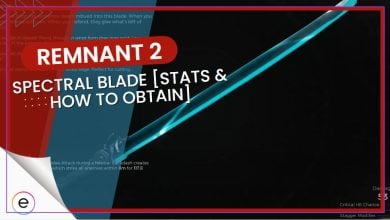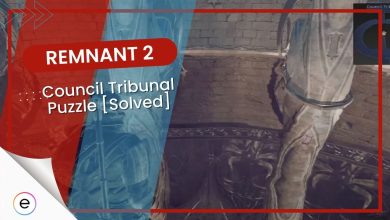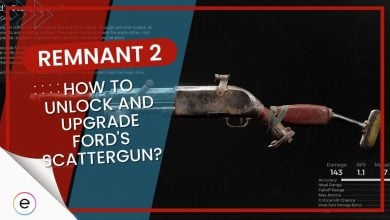Story Highlights
- Remnant 2 launched to critical and commercial success earlier this year.
- While the game provides a fantastic gameplay system and exploration zones, it leaves a lot to be desired in terms of boss encounters.
- FromSoftware and TeamNinja have managed to provide boss encounters that excel in all departments, setting the bar for other soulslike games.
Remnant 2 launched to a highly positive reception earlier this year, selling a million copies in just four days. Its success is tied to the fact that it is a great game, much like what existed at the core of its prequel, despite the many flaws that plagued it. While this sequel fixes many of those problems, one issue stuck around and is detrimental to the experience—boss design.
This particular flaw of Remnant 2 sticks out like a sore thumb the longer you play the game, more so if you compare it to contemporary titles within the soulslike genre, including the games of the genre’s progenitor—FromSoftware.
Remnant 2 Bosses & The Monotonous Pattern
For those of you who might start talking about the final boss of Remnant 2, that’s not the point of this piece. The crux of the issues isn’t a one-time encounter, it’s the consistency and quality across all fights in the game. Something that is seriously lacking from an otherwise pristine experience. The monotonous pattern of this sequel lies in the use of adds (or trash mobs) in a boss fight combined with uninspired design.
Every single boss in Remnant 2 since the introductory area’s Root Mantis has followed this brain-numbing and uninspired pattern. Each fight starts with the boss doing a few ranged or melee attacks and then summoning a whole bunch of mobs. In some instances, the foe would also combine this army of adds with another layer. The one exception to this pattern is The Root Nexus. Unfortunately, that fight is much worse.
The encounter with Root Nexus is, quite possibly, the worst boss fight I’ve had the displeasure of experiencing in the countless hours of world-hopping in Remnant 2. The main foe of this battle is literally a tree that you have to shoot for several minutes while dealing with waves upon waves of trash mobs. What makes it worse are those tiny, spiky things that roll around. An encounter of such a long duration is bland and boring to that level.
In contrast, Dark Souls 3’s Curse-Rotted Greatwood did this better. You had to strike certain parts to deal damage to the boss. At the same time, you had to avoid normal enemies and it was perfectly possible to stay away from them. The reason being that the Greatwood would kill them itself so you didn’t have to waste time on that. Then you have the arena transition & increased aggression which elevates the overall encounter.

This is called fight design, something that is absent in Remnant 2 for the most part. It would have been an easy choice to dismiss it all if the problems were limited to a handful of bosses. Unfortunately, that’s not the case. For some reason, every single boss fight has been the entire opposite of the experience outside of those encounters.
To name a few other bosses in Yaesha alone, Legion, Corruptor, Mother Mind, Shrewd, and Kaeula’s Shadow all follow the same pattern. You shoot the boss, deal with an army of adds, and keep repeating that until the boss is dead. The overall design of these fights is lackluster and the presence of these incessant trash mobs makes the encounter something I want to get out of rather than look forward to.
Even the singular battle in Yaesha that was able to intrigue me had to include the tiny, spiky rolling mobs. Yes, I’m talking about the Corrupted Ravager. It’s not just the inclusion of fodder that is a problem, it’s the striking lack of inspiration when it comes to the overall structure. The Labyrinth Cube is one of the greatest offenders in this case, that’s all I’m going to say about it.
After heading to Losomn, I thought things would improve a little only to find myself utterly disappointed. Gwendil, The Unburnt, was an absolute disaster of a boss fight in terms of arena layout and enemy waves. The Dran Chainsaw boss outside the Asylum was just a juiced-up mob, and then there’s the Nightweaver. I’ll say that it was an interesting fight thematically but it suffered from the same issues as the rest.
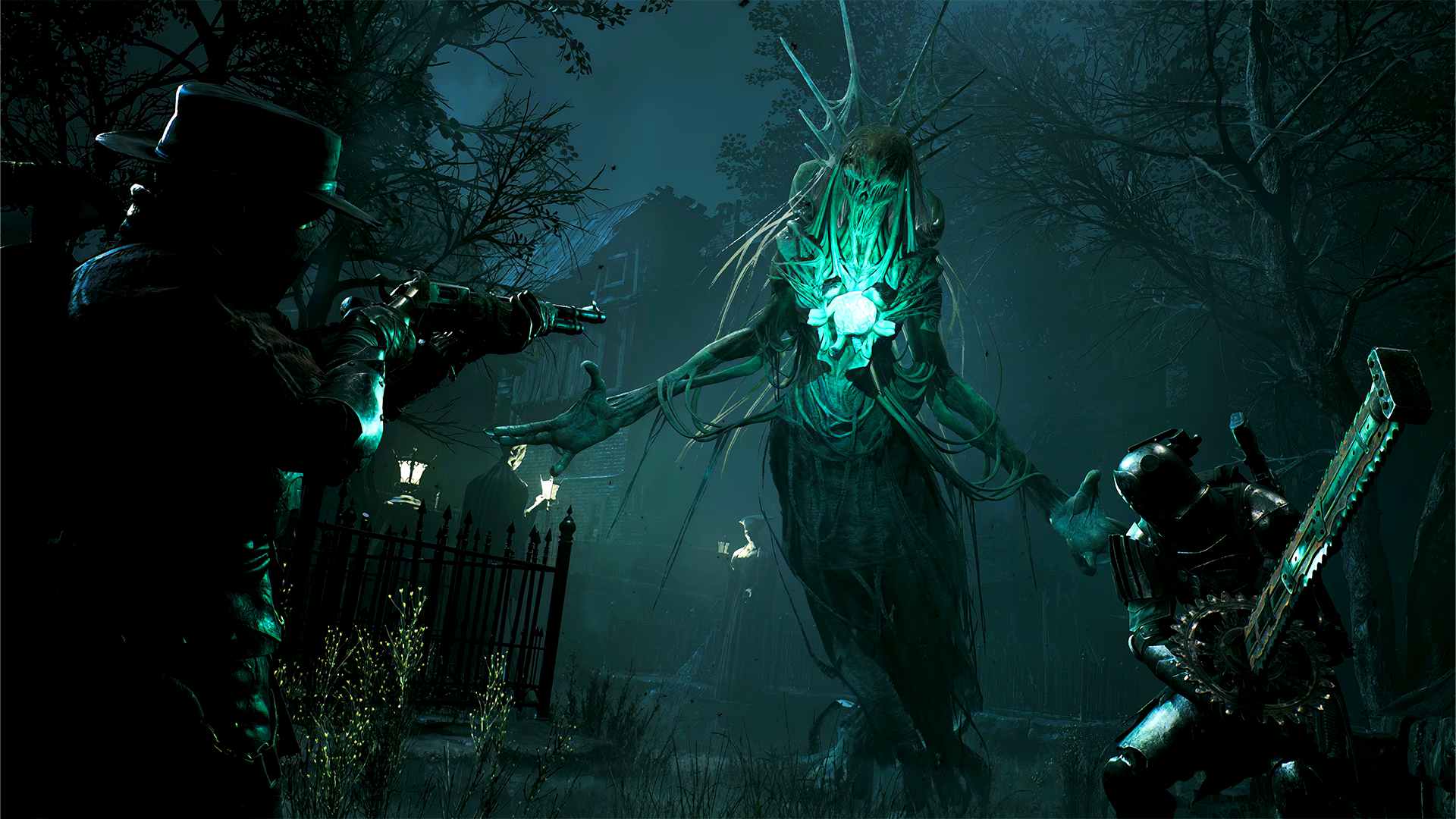
Meanwhile, The Red Prince actively restricts the arena while summoning adds and the lack of creativity just shows. That entire area and the boss room were pretty impressive in terms of visuals and aesthetics but when the encounter itself is so repetitive, it’s hard to appreciate the better parts of it.
FromSoftware, TeamNinja, And Boss Encounters
Since the launch of Dark Souls, FromSoftware has continually elevated its work and provided us with fantastic experiences in gaming. Not just by pioneering a whole genre but by creating some of the most iconic boss encounters in the medium. As the Souls games rose in prominence, other studios took a shot at the formula in hopes of creating something to a similar effect. In my opinion, only one studio has achieved this—Team Ninja.
Instead of replicating the original work, Team Ninja took the general idea of the Soulslike genre and played to its strength—high-octane gameplay. Nioh was released in 2017 after going through over a decade of development hell combined with several beta tests. The feedback received from the players in tandem with the devs’ passion led to a final product oozing with finesse and originality regardless of its few shortcomings.
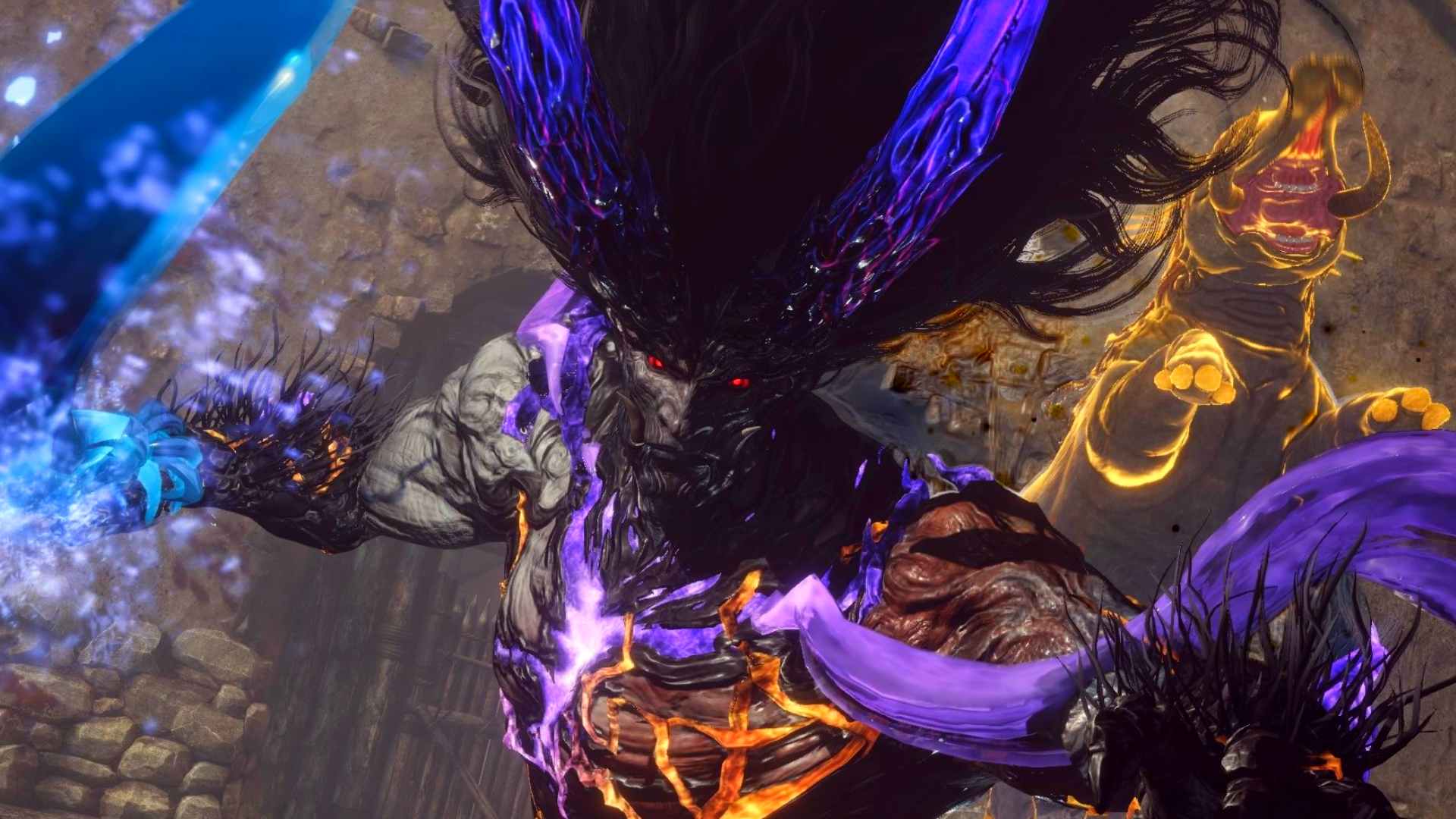
While Nioh shined in the gameplay department, its sequel, Nioh 2, gave us some of the most fantastic boss fights Team Ninja has ever created. A few examples of these include the encounters with Tokichiro, Otakemaru, Shuten Doji, Minamoto no Yoshitsune, Lightning Gods of Yomi, and even the Nightmare Bringer. The fusion of narrative, thematic, musical, and design values puts these fights above anything in Remnant 2.
The same thing and much more can be said for the boss encounters in FromSoftware‘s titles. I have fond memories of taking on Gwyn in the first Dark Souls as solemn music played in the background. Fast forward to Dark Souls 3, seeing the Soul of Cinder go from phase one to phase two as it took on Gwyn’s stance and that soundtrack began to play, I just knew this saga was coming to a close.
In 2022, we were introduced to Elden Ring, the culmination of everything FromSoftware had learned since Demon’s Souls. The immense spectacle value of its boss encounters coupled with the excitement of discovery and the unmatched feeling of accomplishment after you win remains unrivaled in the genre. What adds to this is that it was achieved without unnecessary trash mobs while keeping the visual design at its peak.
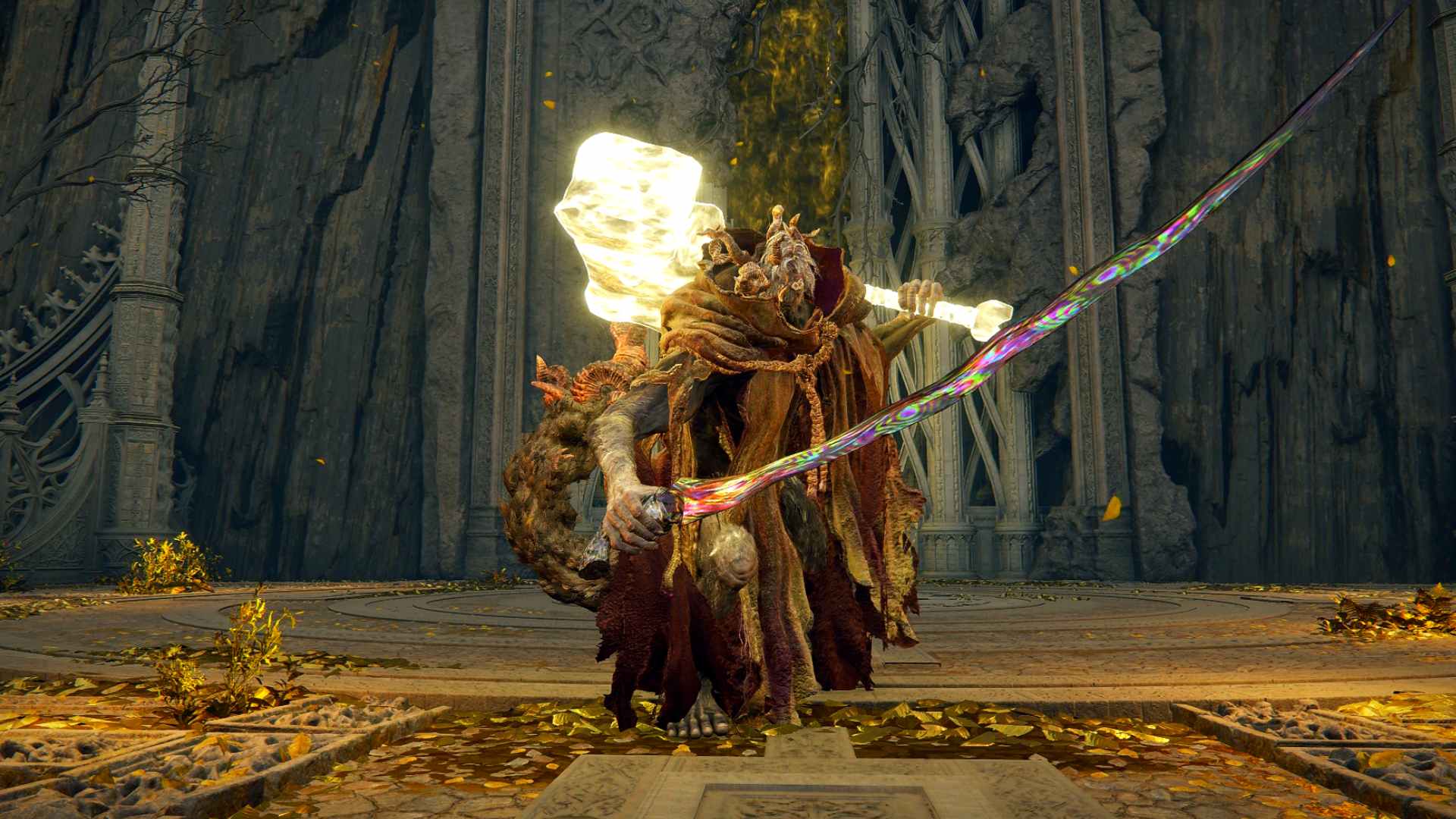
Even Neowiz and Round8 are showing promise with the upcoming title Lies of P, scheduled for release on September 19. After spending hours inside a demo version of Krat, I can confidentially say that this game is the best non-FromSoftware soulslike I’ve played to date.
While these games do have their flaws, one of which happens to be artificial difficulty via forced delays, their way of approaching and handling boss fights sets them apart from Remnant 2.
Remnant 2 And The Shooter-Souls Paradox
At its core, Remnant 2 is a third-person shooter with certain elements taken from the soulslike genre. This unique blend of concepts and systems brings certain advantages and disadvantages to the table, especially in terms of gameplay. Most players will agree that their concern when it comes to video games is how they play. After all, if that element isn’t good, no amount of visual fidelity, narrative, and character depth will save it.
What Remnant 2 offers in the gameplay department is fantastic. It checks all the boxes that a typical third-person shooter should and the level of polish is rather high. The two things that create friction, in my opinion, are the boss design and the stamina system. It’s been a long-standing discussion in certain gatherings that having some kind of stamina meter is the baseline of a soulslike but that doesn’t work every time.
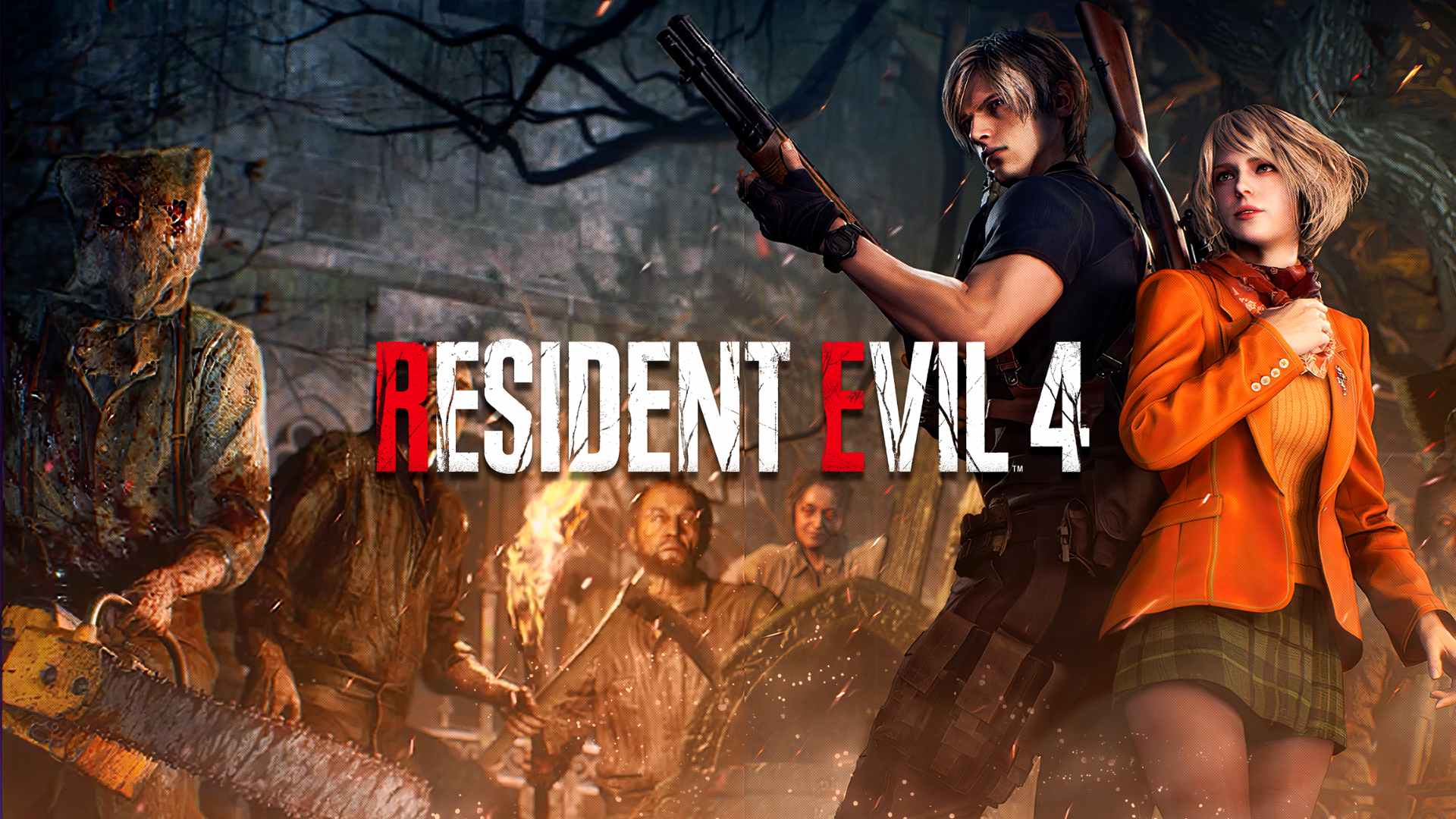
Remnant 2 limits your movement actions with the implementation of a stamina meter. At the same time, aiming down your sights to shoot lowers your maneuvering speed while enemies, including bosses, constantly get in your face with melee attacks. The game offers you a way to get up close and personal as well but doing so begs the question, why have guns to begin with?
And when you come across bosses that stay at a range, the design of that encounter is so mediocre that you just cannot appreciate anything about it. The only thing I could think of during every boss fight was its end so I could get back to the best part of Remnant 2—exploring the world. It genuinely feels to me that most of Gunfire Games’ creative faculties were utilized in designing the game’s several worlds.
While this is not an obstacle, it’s worth thinking about whether everything deserves a stamina meter in the first place. Maybe it’s time we moved on from that system and came up with something new to implement in video games.
Takeaway
All things considered, Remnant 2 is a fantastic game; it deserves all the praise and success it has received. However, the lackluster aspect of boss encounters stands out and it’s hard to ignore such a critical pillar in any video game. Gunfire Games‘ should take notes for future projects in order to create an experience that surpasses these two entries.
Remnant 2 is available now on PlayStation 5, Xbox Series X, Xbox Series S, and PC. Read on to find out why we believe it to be the best soulslike of the year.
Thanks! Do share your feedback with us. ⚡
How can we make this post better? Your help would be appreciated. ✍
